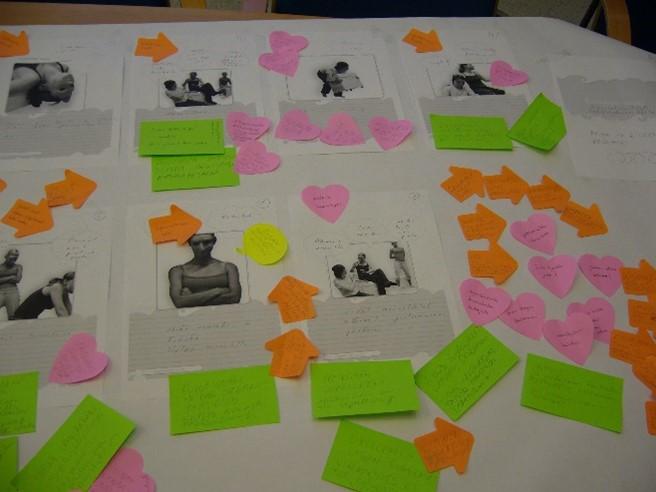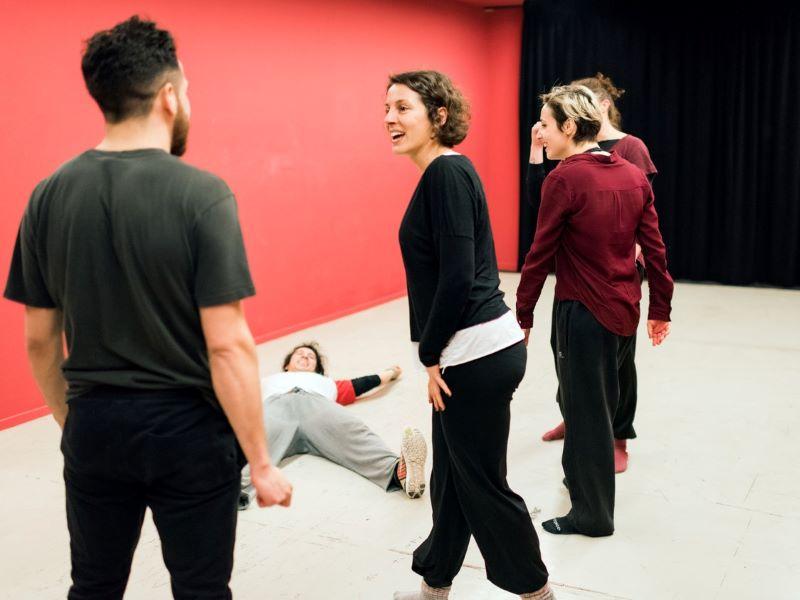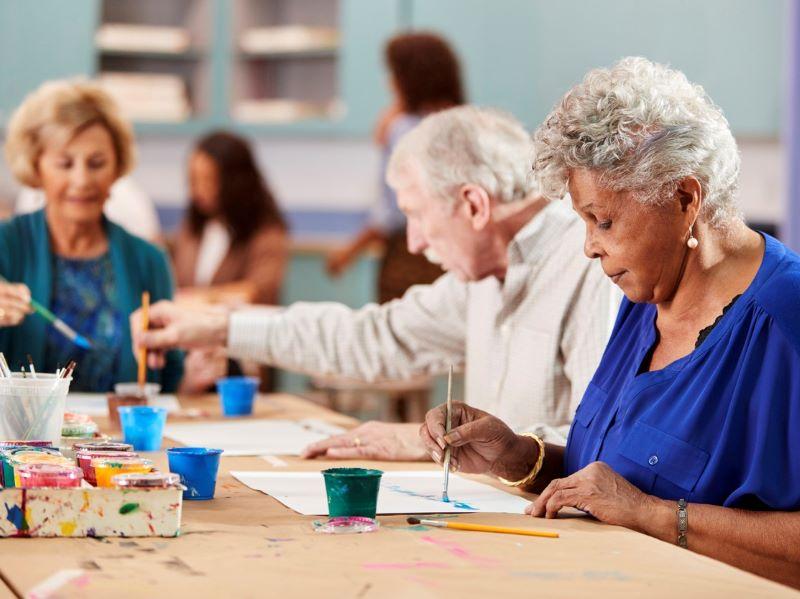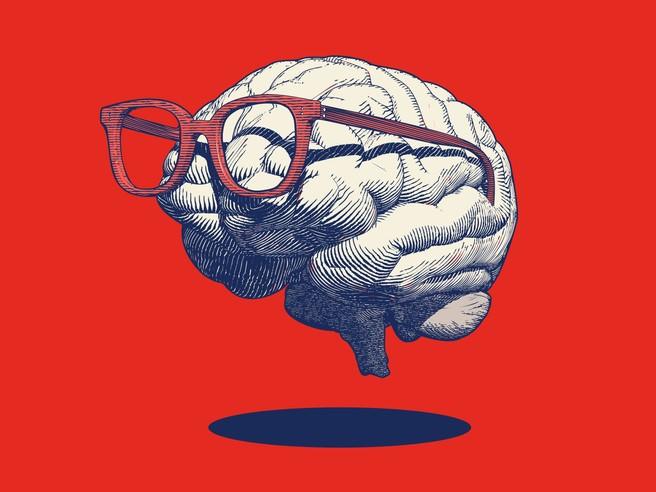Arts-based methods enable people to come together to learn, to make, to express and to think creatively and, therefore, to think differently through a range of art forms. A challenge is in applying this form of pedagogy to subjects and disciplines beyond the arts.
Transformation through learning using arts-based methods is an evolving and social process. Such methods are reconstructed and redefined through dialogic processes that bring in many voices. This dialogue can be visual and embodied as well as text based and enables students and educators become co-investigators of knowledge.
- The arts and humanities have not been forgotten: finding funding post-pandemic
- Make virtual learning fun: using ‘break in’ rooms in online teaching
- All together now: how to write an interdisciplinary research proposal
Being context specific, the learning process is rarely replicable. In this sense, we are trying to move beyond the prevalent model of arts use in education in which short-term, toolbox solutions and methods are applied to complex problems. We align the arts-based methods with practice-based innovation in the Finnish tradition. This involves developing novel approaches and methods for thinking and acting in a creative and reflective manner in complex situations. It places all participants, that is, customers, communities, citizens – and in this case students – in the midst of action.
As such, arts-based methods for thinking and acting about a given task or subject bring about new possibilities and ideas. Taking engineering and science as an example, these methods encourage a critical exploration of the human dimension of an organisation’s R&D, cultural codes, processes, structures and ways of practising, as well as the underlying professional values, attitudes and assumptions of practice. In the context of engineering and science, the dominant approach to teaching is focused on rational and cognitive education; arts-based methods invite imagination- and emotion-oriented dimensions alongside.
Arts-based methods can offer distinctive forms of practice and discourse when applied in non-arts settings such as engineering and science by:
- questioning fundamental assumptions about the process of knowledge creation
- fostering collective reflection and imagining possible worlds
- realising the potential of knowledge creation as a relational process by bringing in multiple voices in dialogue.
So, how can educators apply arts-based methods within university classrooms?
Offer something new by creating aesthetic distance: In the opening session of a course, watch a film together online in real time. The film feeds new thoughts and opens different perspectives as students relate in their own way to the storyline. The film chosen should be one that opens up the symbolic and metaphorical dimensions of the subject or phenomena being discovered, as emotions are engaged through the imagination. Return to the film in the final synoptic session to reflect on the learning of the whole course. This technique was used in an undergraduate course on sustainable science. Tutors chose from the wide range of films centring on this.
Trigger interesting discussions: “Walk back” through your professional life. Create an open space, find a partner. One person in the pair walks slowly backwards while the other guides them, ensuring they do not bump into anyone. As the person walks slowly backwards, they describe the meaningful moments in their professional life. The role of the protecting partner is to listen. Repeat the process after changing roles. Each pair then meets with another pair, forming a group of four. Instruct the group to share what they heard (not interpretations of it, but what they heard). As an assignment, individual students sketch their walk backwards and then write about how they understand creativity in their life and professional growth. This technique was used on a postgraduate industrial management course on creativity and innovation.
Collective reflection: When there is a need to focus on the root cause of a problem without going directly to it, symbolic visual aids can be used. Examples of these range from classical fine art photos to specifically designed images (for example, theatrical images such as those below).

Place a large selection of the images on a long table and ask the students to choose between one and three images that demonstrate different dimensions of the problem or phenomenon being investigated. Get into pairs and ask students to share their interpretations of what the image is saying. Ask the pairs to walk and talk, one person speaking, the other listening. Change over roles, then repeat this paired work three times. Students then form groups of six in order to map out themes based on what they heard themselves and others say. Map this out on a sheet of flip-chart paper, like the image below, and consider how these are related to the phenomena being discussed. This technique was used in an undergraduate course on urban planning.

Image theatre: In groups of five, create three images about a specific, phenomena or subject by using your own bodies. The three images should depict snapshots of action as though the pause button has been pressed during a video. Students choose and rehearse their three images. Each group presents to the whole class, who interpret what they have seen, and discussion opens out.
This leads to an open sharing of experiences and the lecturer can then work with the group to make connections. It can support empathetic understanding as challenging moments are shared. This technique was used on a postgraduate course on innovation management, where the subject being investigated was “death valleys in innovation management”.
Collaboration: Last, and most sustainable of all, invite professional artists or colleagues with arts-based expertise to collaborate with you in the classroom or online. You might be surprised at how willing and interested they are to do this and the publications that can result from this practice.
In good teaching and learning the boundaries between the classroom and life outside are blurred. We do not stop learning when the university tutorial finishes. The activities students have been engaged in should captivate them and generate ideas, thoughts, feelings and new understandings.
Anne Pässilä is a senior researcher at the School of Engineering Science at the Lappeenranta–Lahti University of Technology LUT, Finland. Allan Owens is emeritus professor of drama education, national teaching fellow and co-founder of the Centre for Research into Creativity, Education and the Arts through Practice (RECAP) at the University of Chester.
If you found this interesting and want advice and insight from academics and university staff delivered direct to your inbox each week, sign up for the THE Campus newsletter.




comment